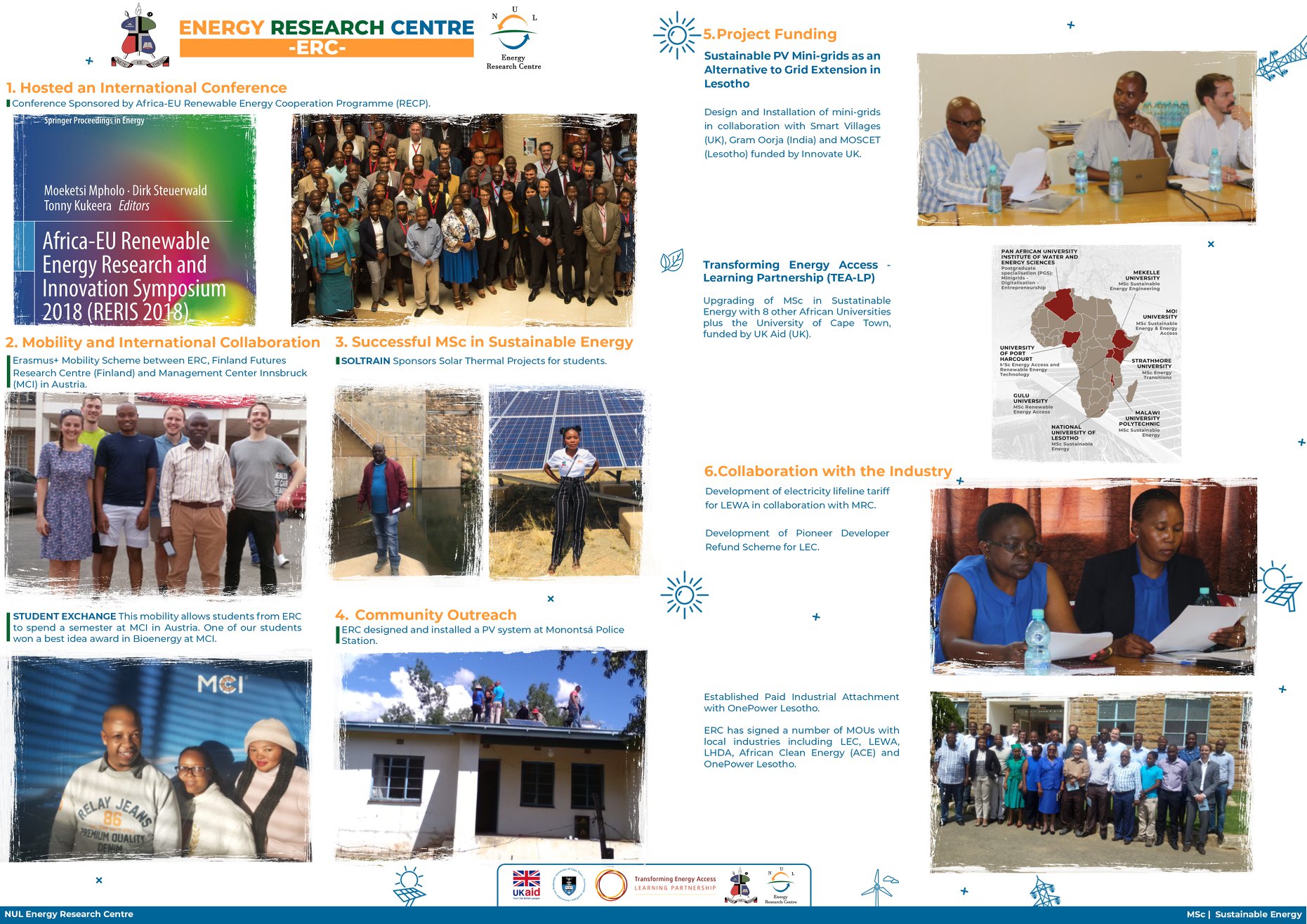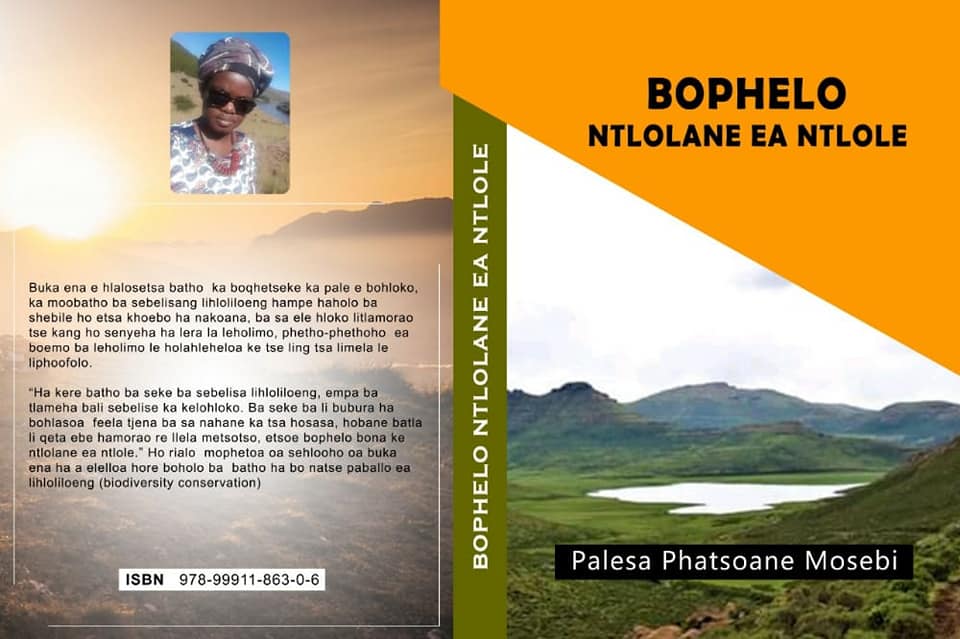If you test positive for COVID-19, all people with this app who may have come too close to you in the past 14 days are alerted by their apps so that they too can test. When you download this app you can’t use it unless you have answered questions, with answers immediately seen by health workers, on whether you have COVID-19 symptoms or not. You are forced to answer these questions every 14 or every 3 days depending on your symptoms. [THIS IS THE FIRST OF THE TWO APPS BY THE NATIONAL UNIVERSITY OF LESOTHO (NUL) INNOVATION HUB STUDENTS. CHECK THE SECOND APP ABOVE ON THIS PLATFORM].With this app, only health officials are able to track your whereabouts and “if you seem to have symptoms of COVID-19 but you can’t come to them, they will come to you,” say a team of 4 NUL students (the fearsome foursome): Thabo Maibi, Rebusoajoang Moletsane, Potso Mojau and Kamohelo Makaaka who chose to participate under the NUL Innovation Hub COVID-19 program and are actively developing the app.[Catch them here: +266 50590196]. But why, on earth, do we need this Contact Tracing app?When we know ( to the best of our abilities) WHO has (or might have) the virus and WHERE they are, we may reduce the spread of the disease. We may also avoid shutting down everything. But when we don’t know the movements of our enemy, we hide indoors only to face, in there, another enemy called hunger. Now, let’s uncover this app a little bit. It comes in two versions. The first version is a web app controlled by an administrator.Preferably, this version should be under the control of a country’s Ministry of Health. This web app is in constant communication with public apps. The second version is a cell-phone app for the general public (a public app) and anyone can download it on platforms like Google Play. Here is how it works. Once one downloads the app, he can’t use it unless he answers the question of whether he has COVID-19 symptoms or not. He has to say whether he has the likes of Fever, Dry Cough, Shortness of Breath, Muscle Pains, Sore Throat, New Loss of Taste or Smell and so on.However, let’s remember that even someone with an ordinary flu may show some of those symptoms. So the developers plan to work with local health officials to give weight to the symptoms. Which means that if health officials say Shortness of Breath is probably the clearest sign of COVID-19, then it will be given “more weight” than the other symptoms. That is for a good reason. When you enter those symptoms, the app is going to automatically calculate the likelihood that you are high-risk, medium-risk or low-risk.If you score under 45, you are a low-risk. You will have to update your symptoms, AGAIN, after 14 days. If you score between 45 and 75, then you are a moderate risk. But the app will now force you to update your symptoms after three days. If you score between 75 and 100, you are a high risk. “At this point, the app alerts you to report to the nearest health centre,” said the fearsome foursome. “However, whether you report or not is not completely up to you.” Some people are either afraid to go to a hospital or (if they are men) they just hate seeing a doctor. Good for you, when you are at high risk, the health officials can see the red flag and, thanks to this app—which uses a GPS system—they will come to you, if you can’t come to them (remember Mohamed and the Mountain). This app does not leave you in the dark as to where you should go. It gives you the name of the nearest reporting health centre (earmarked for people with COVID-19 symptoms) and even gives you the picture of that place so you can see you are there when you arrive. When you test positive, something interesting happens. Either you or the health officials update your status in the app. In this way, all people who installed this app and whose cell-phones came within 1 metre of yours in the past 14 days will be alerted by their own apps that they met you.This happens because the app takes control of your cell-phone’s Bluetooth once installed and the Bluetooths in interacting phones record their encounters (Nota Bene: Google is rapidly assisting with an API for this functionality—to make life easier for you the mighty coders). Note that the app only identifies your phone’s Bluetooth MAC address, not you—so you are safe.Since those folks have come so close to you, could it be that they might have been infected as well? “The only way to know is if they go and test, so the app will tell them to do just that in the nearest testing place,” explained the fearsome foursome.The app will also alert you if someone who also has this app comes close to, say, 1.3 metres of you. So it helps you to keep Social Distancing.


